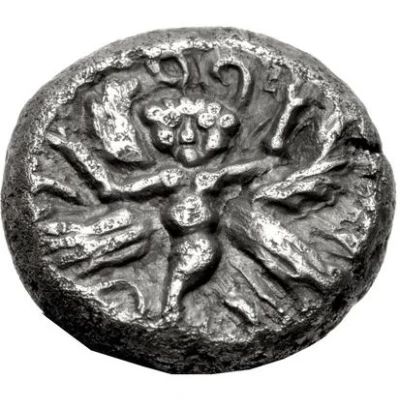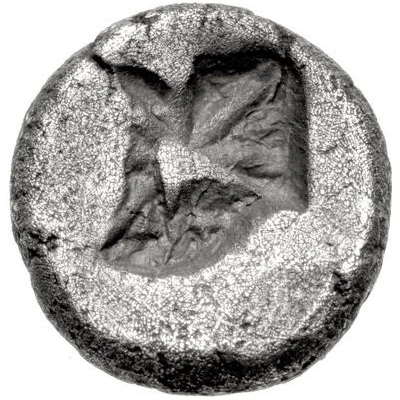


© Classical Numismatic Group, Inc.
Diobol 525 BC - 475 BC
| Silver | 1.41 g | 10 mm |
| Issuer | Uncertain Greek city (Greece (ancient)) |
|---|---|
| Type | Standard circulation coin |
| Years | 525 BC - 475 BC |
| Composition | Silver |
| Weight | 1.41 g |
| Diameter | 10 mm |
| Shape | Round (irregular) |
| Technique | Hammered, Incuse |
| Demonetized | Yes |
| Updated | 2024-10-10 |
| Numista | N#431444 |
|---|---|
| Rarity index | 100% |
Reverse
Rough incuse punch.
Comment
Unpublished.
Interesting fact
The Diobol coin was used as a form of currency in ancient Greece during the 5th century BC. Its name "Diobol" comes from the Greek word "diobolon," which means "two obols," referring to the coin's value, which was equivalent to two obols. The obol was a unit of weight and currency in ancient Greece, with one obol being equal to about 0.6 grams of barley. Therefore, the Diobol coin was worth two times that amount, or about 1.2 grams of barley. This coin was used for everyday transactions and was a significant improvement over the earlier bartering system, where goods and services were exchanged for other goods and services without using a standardized form of currency.